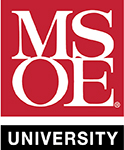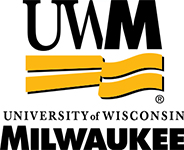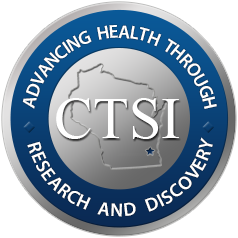Role of superoxide and angiotensin II suppression in salt-induced changes in endothelial Ca2+ signaling and NO production in rat aorta. Am J Physiol Heart Circ Physiol 2006 Aug;291(2):H929-38
Date
04/11/2006Pubmed ID
16603691DOI
10.1152/ajpheart.00692.2005Scopus ID
2-s2.0-33746836079 (requires institutional sign-in at Scopus site) 51 CitationsAbstract
Male Sprague-Dawley rats were maintained on a low-salt (LS) diet (0.4% NaCl) or changed to a high-salt (HS) diet (4% NaCl) for 3 days. Increases in intracellular Ca2+ ([Ca2+]i) in response to methacholine (10 microM) and histamine (10 microM) were significantly attenuated in aortic endothelial cells from rats fed a HS diet, whereas thapsigargin (10 microM)-induced increases in [Ca2+]i were unaffected. Methacholine-induced nitric oxide (NO) production was eliminated in endothelial cells of aortas from rats fed a HS diet. Low-dose ANG II infusion (5 ng x kg(-1) x min(-1) iv) for 3 days prevented impaired [Ca2+]i signaling response to methacholine and histamine and restored methacholine-induced NO production in aortas from rats on a HS diet. Adding Tempol (500 microM) to the tissue bath to scavenge superoxide anions increased NO release and caused N(omega)-nitro-L-arginine methyl ester-sensitive vascular relaxation in aortas from rats fed a HS diet but had no effect on methacholine-induced Ca2+ responses. Chronic treatment with Tempol (1 mM) in the drinking water restored NO release, augmented vessel relaxation, and increased methacholine-induced Ca2+ responses significantly in aortas from rats on a HS diet but not in aortas from rats on a LS diet. These findings suggest that 1) agonist-induced Ca2+ responses and NO levels are reduced in aortas of rats on a HS diet; 2) increased vascular superoxide levels contribute to NO destruction, and, eventually, to impaired Ca2+ signaling in the vascular endothelial cells; and 3) reduced circulating ANG II levels during elevated dietary salt lead to elevated superoxide levels, impaired endothelial Ca2+ signaling, and reduced NO production in the endothelium.
Author List
Zhu J, Drenjancevic-Peric I, McEwen S, Friesema J, Schulta D, Yu M, Roman RJ, Lombard JHMESH terms used to index this publication - Major topics in bold
Angiotensin IIAnimals
Antioxidants
Aorta, Thoracic
Blood Pressure
Calcium
Calcium Signaling
Cyclic N-Oxides
Endothelium, Vascular
Enzyme Inhibitors
Histamine
In Vitro Techniques
Male
Methacholine Chloride
Muscarinic Agonists
Muscle Contraction
Muscle, Smooth, Vascular
Myocardium
NG-Nitroarginine Methyl Ester
Nitric Oxide
Nitric Oxide Synthase Type III
Rats
Rats, Sprague-Dawley
Sodium Chloride, Dietary
Spin Labels
Superoxides
Thapsigargin









